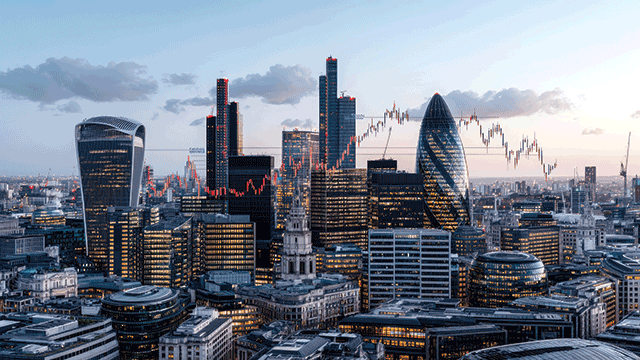COMMENT “A code red for humanity” was how António Guterres, secretary-general of the UN, described this year’s Intergovernmental Panel on Climate Change report. It concluded that the 1.5°C temperature goal would likely be breached by 2030 – a decade earlier than it predicted only three years ago. COP26 in Glasgow is an opportunity for global leaders to submit more ambitious targets for achieving carbon reduction. The UK government’s overarching aim for the summit is to “keep 1.5°C alive” and ensure that temperatures do not rise beyond this.
Reallocating capital
Sustainability has been a decision criterion for some investors for many years, concerned with social as well as environmental issues. Their approach has now become more widespread and is reshaping finance. “The BlackRocks of the world are getting more aggressive in shareholder discussions about voting in favour not only of climate-related issues, but also social measures,” said Jon Hale, global head of sustainable investing research at Morningstar. “They are in effect saying we want you to care not only about profits, but about people, planet and profits.”
In his annual letter to CEOs this year, BlackRock chief executive Larry Fink made his views clear: “We believe that sustainable investing is the strongest foundation for client portfolios going forward. Capital markets pull future risk forward. We will see changes to capital allocation more quickly than we see changes to the climate itself. In the near future – and sooner than most anticipate – there will be a significant reallocation of capital.“
As being a responsible business becomes a fundamental purpose, then a defined ESG strategy is the route map for achieving this. Previously, the component parts of ESG were more frequently dealt with separately. Individual actions of course made a positive difference, but bringing all the elements together in a coherent plan improves the reach of impact. Many quoted businesses in the sector have appointed heads of ESG to drive their plans through.
Factors driving change
The influence of these investors is making itself felt across the real estate sector. ESG is a macroeconomic risk and will become an increasingly important consideration in transactional activity, on reputational as well as financial aspects, as investors demand greater transparency. It could even be a driving factor in the transaction itself.
In the very healthy area that is industrial, net zero is very much higher on the agenda than it was a year ago. Any new building not able to demonstrate a BREEAM rating is unlikely to attract investors or occupiers. It is not so much that best practice raises the price of the development and rental levels; it’s more a case of restricted interest with no green credentials. Industrial is also integrating placemaking into its vocabulary.
Carbon offsetting via planting is a simple but effective part of the solution. Expect to see more green spaces around sheds and planning conversations around biodiversity gain. For office development, neglect of the ESG agenda could result in zombie developments, when occupier interest dries up due to lack of investment into environmental improvements. Quality of air and wellbeing could become new KPIs for building performance.
Regulation is also driving change. At the planning and design stages, all new schemes will be subject to the conditions of the Environment Bill, which is soon to become law. This doesn’t only mean biodiversity net gain of 10%, it also means finding a way of maintaining the improvements long term, so that the more beautiful surroundings will endure.
The theme of beauty was first used in planning rules in the New Towns Act, which celebrates its 75th anniversary this year. It has been picked up by the New Office for Place, which launched its Building Beautiful Places initiative in July. This embraces good-quality design, with local communities at the heart of decision-making.
Another relevant anniversary this year is that of Welwyn Garden City, celebrating its centenary. Garden communities have the potential to embody ESG – care for the environment, creating healthier communities and improving social inclusion. Some of the 14 new sites have come under criticism for not breaking the cycle of reliance on cars. Others are taking up the challenge, with proposals that provide very limited communal parking and improved public transport links.
Balance penalty with reward
Too often green initiatives make people’s lives more difficult. Penalties and restrictions will become very real if we do not respond more proactively to the crisis, but we would do well to consider a rewards-based approach. Green bonds are just one of a number of financing tools that could support greater investment in sustainable practices. Sweden has already applied them successfully, as has one UK local authority. They have national government backing and the time is certainly right for local government and the private sector to consider this aspect of sustainable financing and include these as part of their ESG strategy.
Christopher Stanwell is head of planning at DAC Beachcroft











